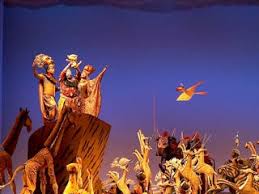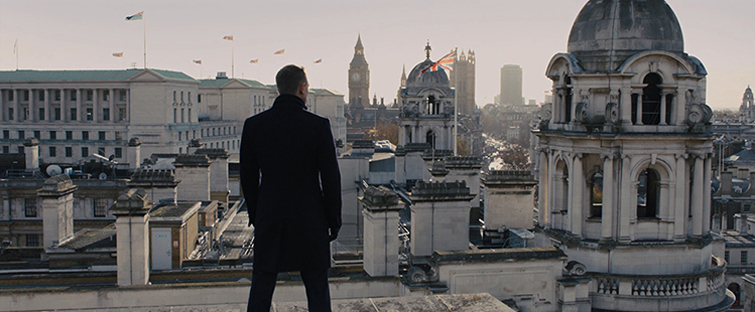The Performance Arts
Performance art is usually conceptual art which conveys a meaning in a more drama-related sense, instead of being a simple performance for its own sake for entertainment purposes.
The Representational Arts
It can be any art no matter how realistic that has the intention of depicting actual things, people, places and so on. Main examples: Film, Books, Posters, Novels.
The Recording Arts:
Art mainly in the form of music, creating a strong a direct link between the subject and audience. Much more direct than the representational arts.
A film that I believe blurs the boundaries very well is Rocketman. This film shows examples of both Representational and Recording art by its music sang by the characters in multiple parts of the movie and the visual aspect to represent areas of Elton John’s life many people didnt know about or realise.

























